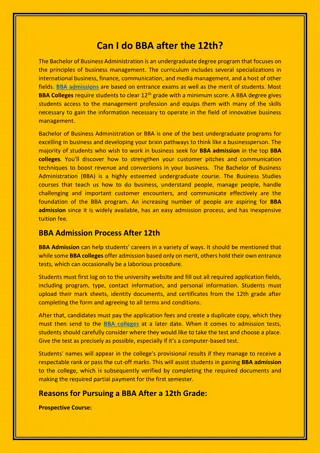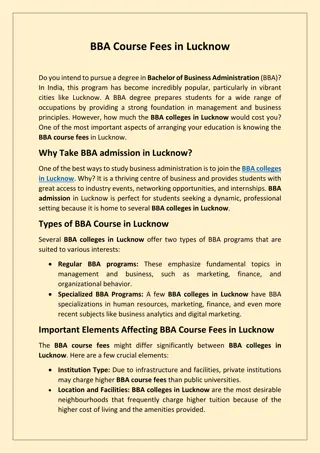
Understanding Values and Beliefs Across Different Religions
Explore the essence of values education and the characteristics of values, along with insights into Hinduism, Islam, Christianity, Buddhism, and Jainism. Learn how these religions shape individuals' moral compasses and guide their beliefs and actions.
Download Presentation

Please find below an Image/Link to download the presentation.
The content on the website is provided AS IS for your information and personal use only. It may not be sold, licensed, or shared on other websites without obtaining consent from the author. If you encounter any issues during the download, it is possible that the publisher has removed the file from their server.
You are allowed to download the files provided on this website for personal or commercial use, subject to the condition that they are used lawfully. All files are the property of their respective owners.
The content on the website is provided AS IS for your information and personal use only. It may not be sold, licensed, or shared on other websites without obtaining consent from the author.
E N D
Presentation Transcript
DEPARTMENT OF BBA A.ABDULHAKEEM A.ABDULHAKEEM SUBJECT : VALUE EDUCATION SUBJECT : VALUE EDUCATION CLASS : I BBA CLASS : I BBA
VALUE EDUCATION Value education is the process by which people give moral values to each other. ... explicit values education is associated with those different pedagogies, methods or programmes that teachers or educators use in order to create learning experiences for students when it comes to value questions.
CHARACTERISTICS OF VALUES The characteristics of values are: These are extremely practical, and valuation requires not just techniques but also an understanding of the strategic context. These can provide standards of competence and morality. These can go beyond specific situations or persons. Personal values can be influenced by culture, tradition, and a combination of internal and external factors. These are relatively permanent. These are more central to the core of a person. Most of our core values are learned early in life from family, friends, neighborhood school, the mass print, visual media and other sources within the society. Values are loaded with effective thoughts about ideas, objects, behavior, etc. They contain a judgmental element in that they carry an individual s ideas as to what is right, good, or desirable. Values can differ from culture to culture and even person to person. Values play a significant role in the integration and fulfillment of man s basic impulses and desire stably and consistently appropriate for his living.
HINDUISM Hinduism has been variously defined as a religion, a religious tradition, a set of religious beliefs, and "a way of life". ... The study of India and its cultures and religions, and the definition of "Hinduism", has been shaped by the interests of colonialism and by Western notions of religion.
ISLAM Islam is an Arabic word meaning "submission" and in the. religious context means "submission to the will of God". "Islam" is derived from the Arabic word "sal'm" which. literally means peace. The religion demonstrates peace and tolerance.
CHRISTIANITY Love God. Love your neighbor as yourself. Forgive others who have wronged you. Love your enemies. Ask God for forgiveness of your sins. Jesus is the Messiah and was given the authority to forgive others. Repentance of sins is essential.
BUDDHISM AND JAINISM Buddhism and Jainism are two ancient Indian religions that developed in Magadha (Bihar) and continue to thrive in the modern age. This comparative study of Mahavira and Gautama Buddha are generally accepted as contemporaries.
SIKHISM Sikhism is classified as an Indian religion along with Buddhism, Hinduism and Jainism. The basis of Sikhism lies in the teachings of Guru Nanak and his successors. Some sources call Sikhism a monotheistic religion, while others call it a monistic and panentheistic religion.






















